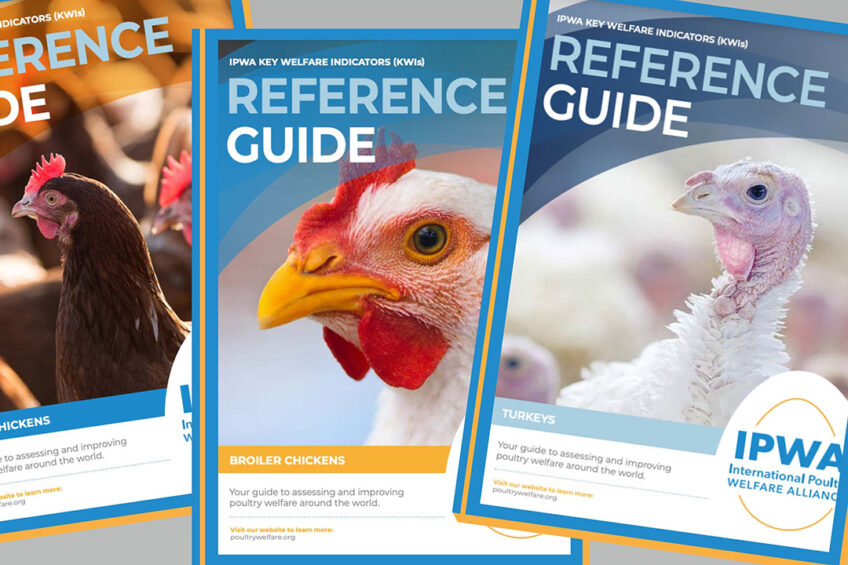Key Welfare Indicators promote responsible poultry practices globally

The International Poultry Welfare Alliance (IPWA) has launched Key Welfare Indicators (KWI) Guides for broilers, layers, and turkeys. Each guide has been developed to provide a practical framework for assessing and improving the welfare of poultry.
The Key Welfare Indicators Guides were developed in collaboration between poultry companies, academics with a welfare focus, customers, and animal welfare organisations to ensure that poultry welfare is protected and to encourage the continuous improvement of poultry welfare throughout the poultry production chain.
The International Poultry Welfare Alliance notes that continuous improvement in welfare is a journey, and there is an opportunity to do better. The guides, it says, therefore, focus on how to incorporate welfare assessments into poultry management to drive improvements.
Science and outcome-based
The Key Welfare Indicators are a set of measures selected by a multistakeholder group of welfare experts that have a scientifically proven, clear, and significant correlation with poultry welfare. Areas that currently lack proven, objective measures have not been included until sound scientific understanding advances. Most of the Key Welfare Indicators are outcome-based measures, which the IPWA says is the best available way to assess the welfare status of and impacts on birds accurately.
“These KWI Guides represent an ambitious, timely and scientifically driven effort to enable better welfare assessment across the whole range of poultry keeping contexts,” says Dr Dorothy McKeegan, senior lecturer in animal ethics and welfare at the University of Glasgow. “They provide a hugely valuable resource for companies wishing to further commit to welfare improvements.”
Ken Opengart, previous chair of the board of directors for IPWA, and vice president, animal welfare and international sustainability for Tyson Foods, believes that the industry will not be content until animal welfare is no longer an issue. “It is important to create challenging goals for key performance indicators that meet each producer where they are and support continuous improvement.”
A transparent and more sustainable food system
According to Ryan Bennett, executive director of IPWA, the KWI Guides help ensure that the needs of the animals are met while also creating a transparent and more sustainable food system. “The Key Welfare Indicator Guides were built to help our stakeholders focus their welfare efforts back on the bird,” he said, adding that the Guides can be used worldwide to “let the birds tell us how they are interacting with their environment”.
The Key Welfare Indicator Guides can be viewed here. They have been divided into indicators for broilers, layers and turkeys, and each guide considers indicators on the farm, at the processing plant, during transport and handling, as well as in the hatchery.












